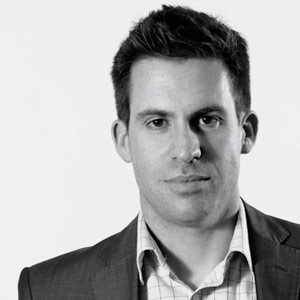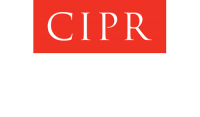

By Luke Wood,
Director, Lasco PR and marketing
Stepping out from editorial and back into PR & Marketing has been a big step. It’s very easy to forget when you’re in the media, the work that goes into advertising, pr and marketing.
You may get the press release or the feature, but you don’t see the strategies, the plans, the client meetings and signoffs, things which I’ve been reminded of since joining Lasco PR & Marketing as co-director.
Rolling back the years, I used to head up the PR & Marketing team for Brands Hatch and four other prestigious race circuits throughout the UK. My journey into the glass and window industry has included working at a weekly regional newspaper, a variety of car mags and latterly, GGP.
What has changed second time around in marketing to the first, is the range of channels available and the challenges, as well as the opportunities, that this creates in equal measure.
These are my observations. I’d be interested to hear yours:
1. More channels mean you need to think more carefully about how you use them
Millennials and Gen Z are ‘digital-natives’. They were posting on SnapChat and TikTok as toddlers. Instagram, Twitter, and Facebook (the latter being the preferred platform for silver-surfers), appeal to a broader demographic. LinkedIn – well, in theory – that’s the channel of business.
The choice is yours, but we’d suggest you make one, or two, but maybe not too many! Don’t over stretch budget (or yourself) by trying to operate across too many platforms, it’s better to run one or two channels well, than many badly. Stop and consider which social channels you use and who and where your customers are?
2. Print isn’t just print, it’s also digital
Picking up on the last point, social channels aren’t only those you ‘own’, they’re everyone else’s! That includes print media. The reference isn’t really fair – print media reaches far beyond print, to social channels, digital bulletins and online content. If you’re looking for social influencers in the window and door industry, print and digital titles are among them. They’ll generally have a bigger follower-base and their reach will be broader. PR is as much about online influence as it is about it on paper.
3. Everything needs to work together if you’re going to maximise ROI
In the same way that the conversation about online and offline channels is now redundant, so is any suggestion that a single channel can deliver results. Everything needs to work together. We can help you maximise value through strategic positioning across multiple channels so that your content works digitally, across social media, in print and anywhere where we can evidence value in placing it. Remember, 81-85% of us will do our research online before picking up the phone or sending an email. Your website is in this sense your most important channel of all, and all other roads should lead to it!
4. Evidence expertise and speak your customers’ language
Positioning and your content will make your marketing campaigns a success (or a failure!). In business, it’s about commercial advantage, how something you’re offering can win sales or allow someone to operate more profitably. For consumers, you’re selling a lifestyle. Positioning should be very different but as a word of warning, as an editor, I saw a lot of content which didn’t reflect those subtleties.
5. Measure and evaluate success
Everything is measurable. And some statistics ‘lie’. We can measure everything from the obvious stuff including social media and website hits to the influence and domain authority of industry media on and offline. It allows us to advise you effectively on channel strategy. If you’re not doing that, then you can’t know what’s working and what isn’t. If you’re interested in knowing more, get in touch. We’d be happy to share!

